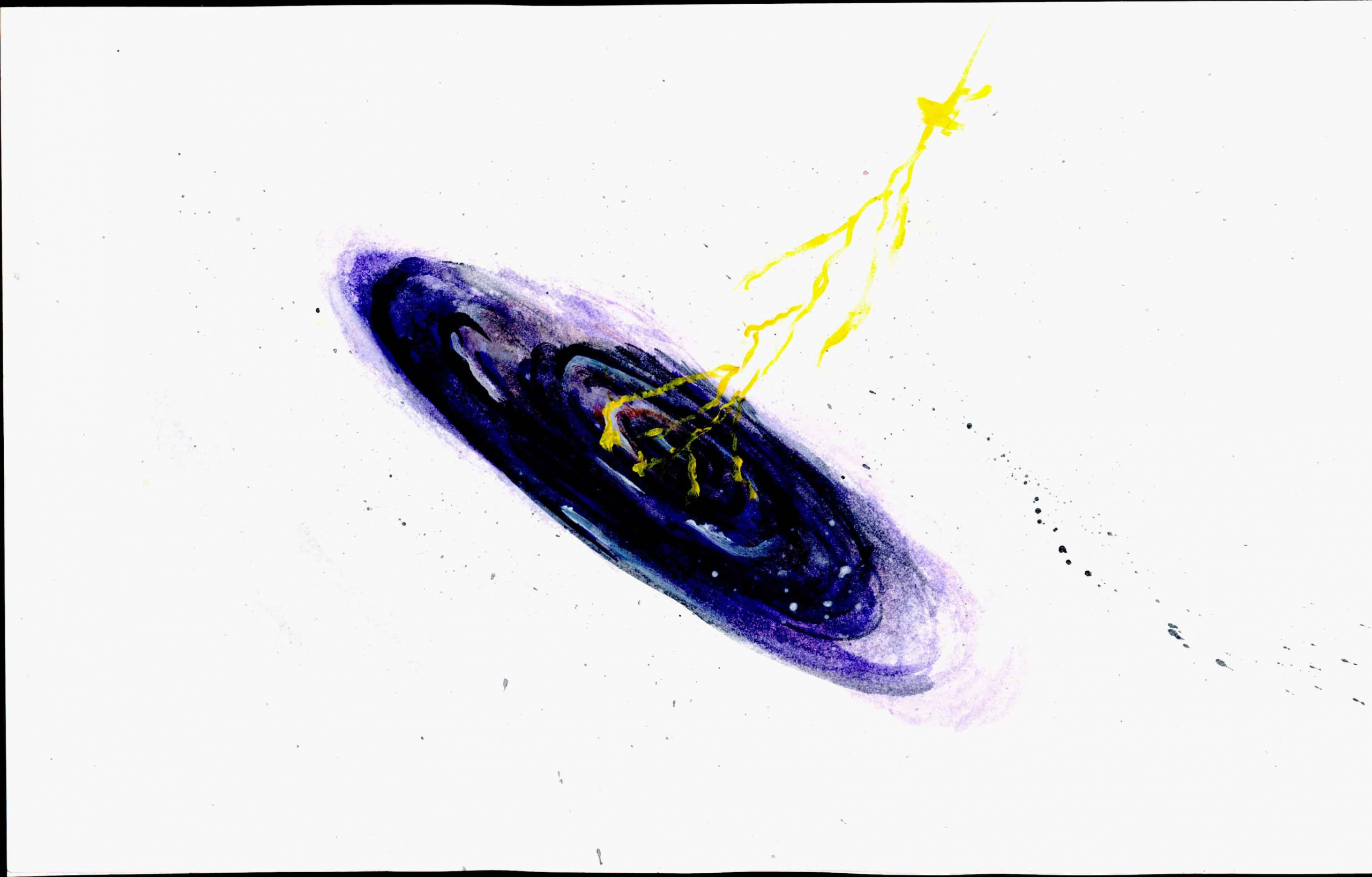Dark energy is a mysterious universal force with a fantastical name. First predicted by a version of Einstein’s general theory of relativity, support for its existence was only uncovered near the end of the twentieth century. Even today, relatively little is known about it.
To explain this cosmological phenomenon, the AstroTours team hosted a talk titled “Dark energy: The weirdest 70% of the Universe” as part of its popular science-themed seminar series.
Dr. Pavel Motloch, a post-doctoral fellow in the Canadian Institute for Theoretical Astrophysics at U of T, summarized the confounding force that derives from its mysterious nature.
The complex topic was presented in an approachable manner, with a generous spattering of witticisms and quips, enjoyed by the attendant audience.
Observing an anomaly through the death of stars
Motloch began the talk by describing how observing supernovae led to a better understanding of the universe’s expansion, and to the discovery of dark energy.
A supernova is a massive explosion of a star. The immense release of light and energy from the event is brilliant against the dark galactic backdrop, with some outshining entire galaxies.
As Motloch explained, the brightness and colour of the light we observe from a supernova provides an estimate of our distance from the dead star. Using this information to calculate the distances of dying stars, researchers are able to study the size of the universe and the speed of its expansion.
The prevailing theory for much of the past century suggested that after the Big Bang, the universe was expanding, but that gravity was causing the rate of expansion to slow down. However, there was a discrepancy in the expected and observed brightness from the most distant supernovae.
Deep space observations of supernovae, especially those made using the Hubble space telescope in the 1990s, suggested that the universal expansion was instead picking up speed. The culprit? It might be dark energy.
Not Einstein’s folly — the cosmological constant
Described in simple terms, dark energy functions as an antagonist to gravitational force. As gravity is described to bring matter together, dark energy pushes it apart.
It may not come as a surprise that the presence of dark energy was first predicted by Albert Einstein. In his general theory of relativity, a cosmological constant was introduced to account for an expanding universe, despite gravity. Mathematically, the cosmological constant represents dark energy.
The theory of general relativity predicted the existence of gravitational waves and black holes among other at the time unknown properties of space-time.
Yet Einstein himself expressed regret on including the cosmological constant. Motloch joked that Einstein’s doubt in his work “was his actual blunder.”
Darkness still survives?
Knowing the rate for the expansion of the universe, dark energy is quantified to currently comprise roughly 68 per cent of the universe.
It has a density of approximately 10-29 grams/centimetre3, which can be analogized as the mass of a feather roughly divided by the volume of Earth — adding to the challenging endeavour of studying its characteristics.
Motloch referenced that there is novel dark energy experimentation ongoing using particle accelerators. To illustrate the complexity and difficulties of such endeavors, he introduced an analogy of trying to understand the mechanism of cars by crashing two of them together and studying the flying debris.
Whether dark energy even exists is a matter of interpretation to some.
Acknowledging the possibility for other interpretations of the data, Motloch assessed his confidence in the general theory of relativity and dark energy. “It might be that our understanding of how gravity is working is wrong, there [have] been many proposals, but as far as I can tell, general relativity is still the best one,” he said.
“It turns out that this one [cosmological] constant is able to explain all the cosmological data we have.”
Other than its tendency to push matter apart, not much else is known about dark energy. For now, it is a useful constant that helps physicists balance the universal ledger.


